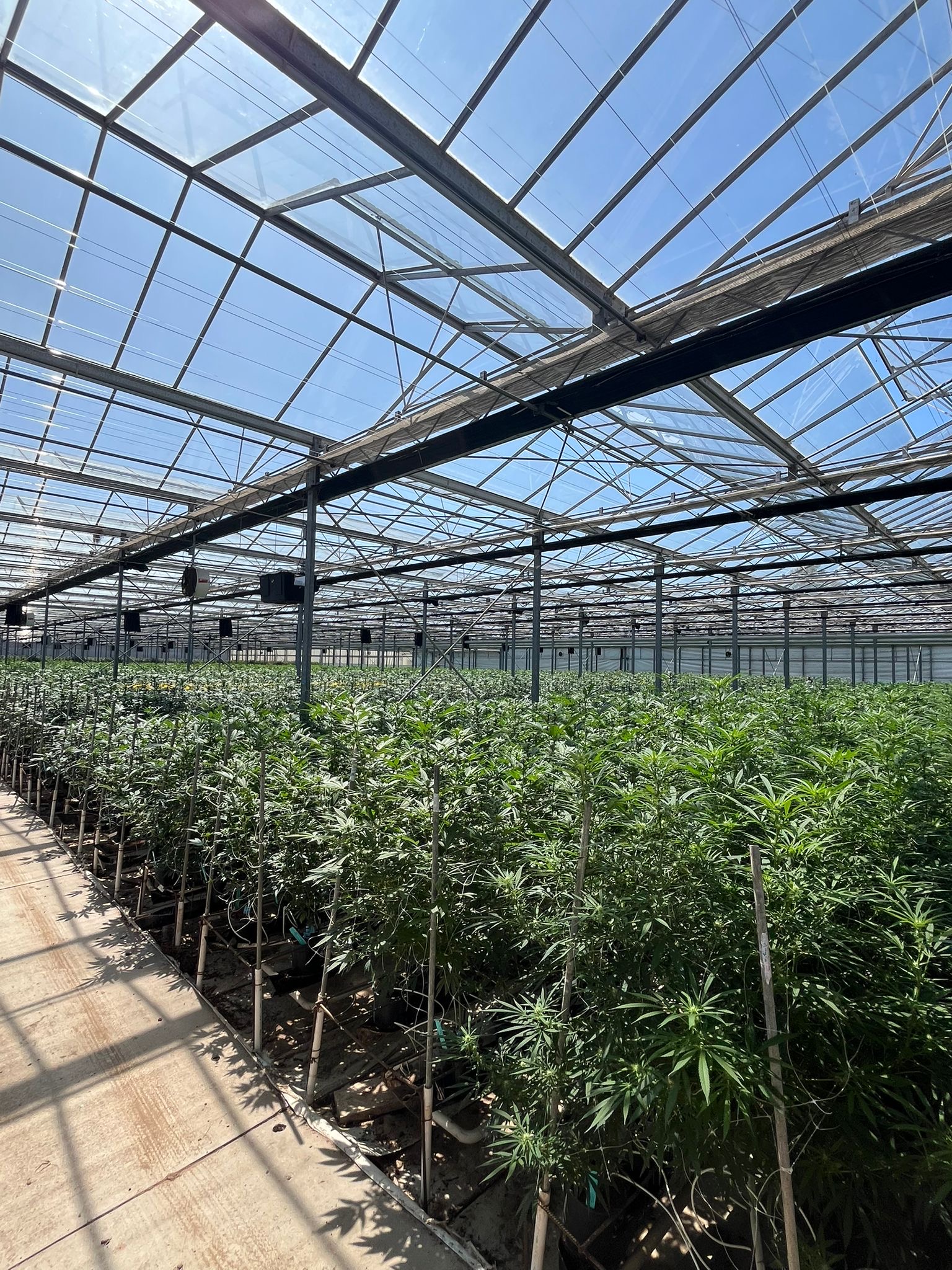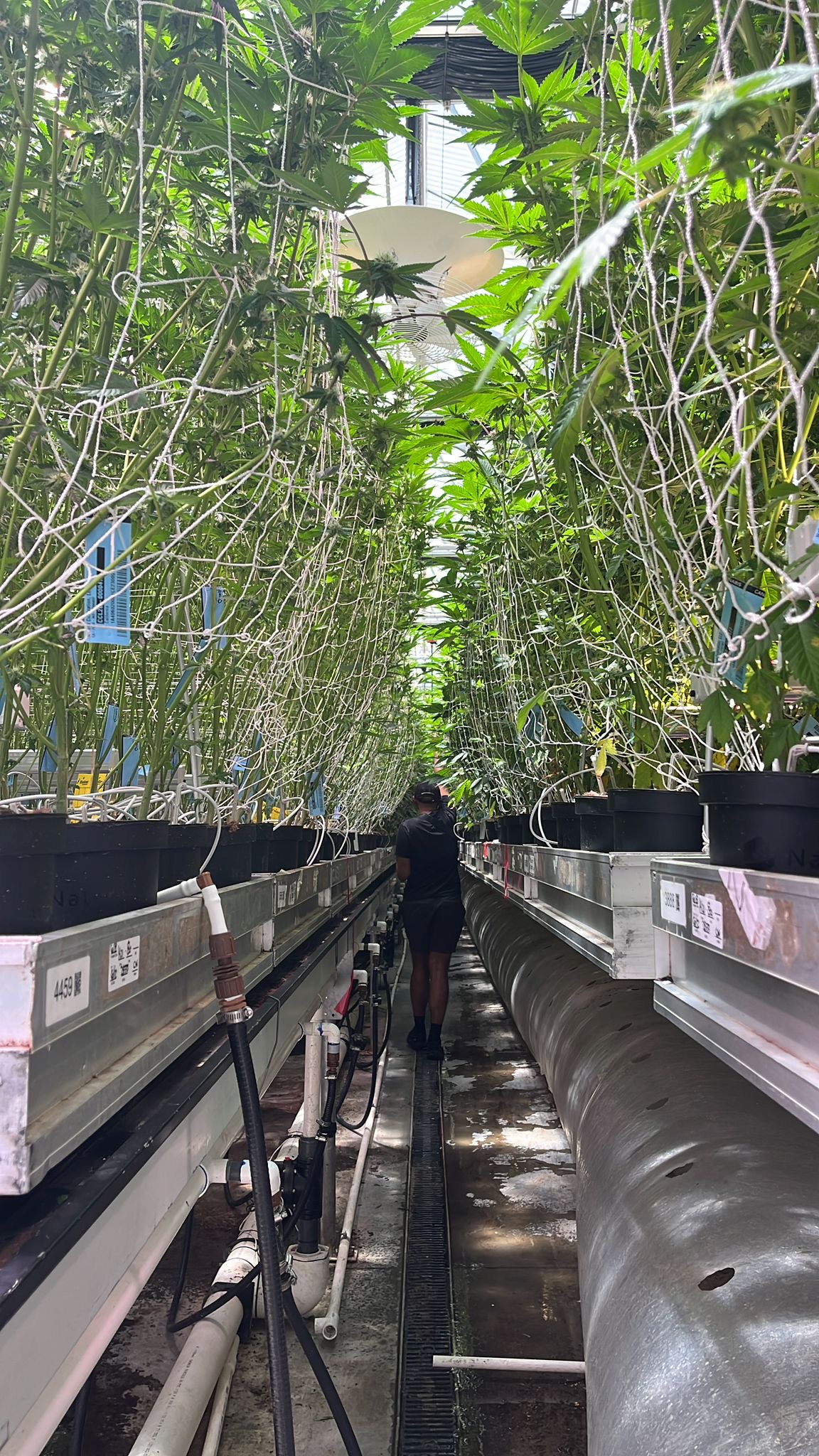Inside California's Cannabis Comeback: What We Learned on the Ground
This July, our team travelled across California to reconnect with the cannabis community there, explore how operators are evolving, and spot new ways we can support their growth with better manufacturing tools.
We started at the California State Fair in Sacramento, where cannabis was featured as an official exhibit alongside traditional agriculture, a powerful symbol of how far the industry has come! From there, we met with operators across the state, including:
- Conception Nurseries – Advanced tissue culture lab
- Natura – Vertically integrated producer and manufacturer
- Delighted Brands – Indoor flower cultivator with a strong tech background
- Autumn Brands – Greenhouse operator focused on sustainable practices
- Green Horizons – High-tech greenhouse operation preparing to scale significantly
What We Saw: A Market Maturing
What stood out most on this tour is how much the industry has matured. Just a few years ago, conversations revolved almost entirely around compliance. Today, operators are looking ahead, investing in tools that improve visibility, optimize operations, and support long-term scale.
While many teams are still juggling spreadsheets and siloed systems, especially for inventory tracking, production planning, and internal reporting, there’s a clear desire for tools that bring everything into one place — exactly where Elevated Signals shines!
Why Elevated Signals is a Good Fit
California operators are entering a new phase of growth, focused less on just staying compliant and more on building scalable, efficient businesses. Our software is purpose-built for this moment:
- End-to-End Visibility: Operators want better oversight of inventory, production, and quality, especially as they expand.
- Ease of Use: Teams are looking to move away from spreadsheets without disrupting their current workflows.
- Data-Driven Growth: There's increasing interest in analytics, benchmarking, and even AI. Areas where Elevated Signals is actively building and innovating.
The feedback was energizing. Across the board, we saw openness to new ideas, curiosity about modern tech, and a readiness to move beyond the legacy tools that have held many back.
We’re excited by the opportunity ahead and look forward to continuing to support the industry’s next chapter.







%20(1).png)
.png)
%202.png)

.png)


